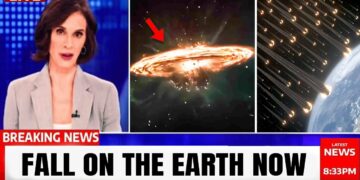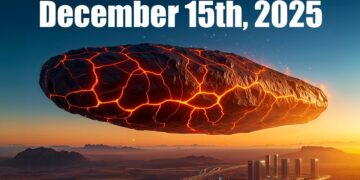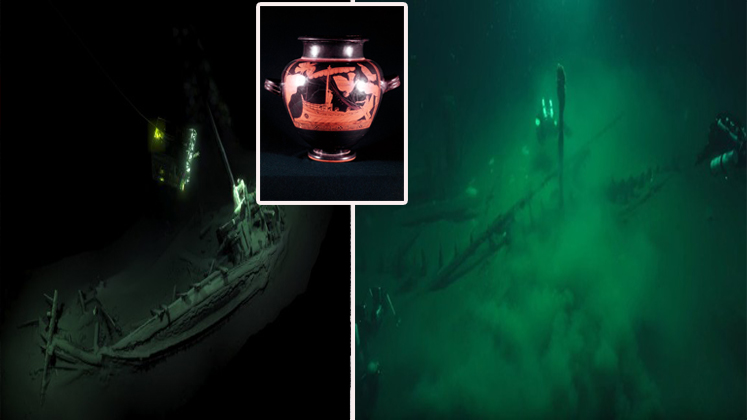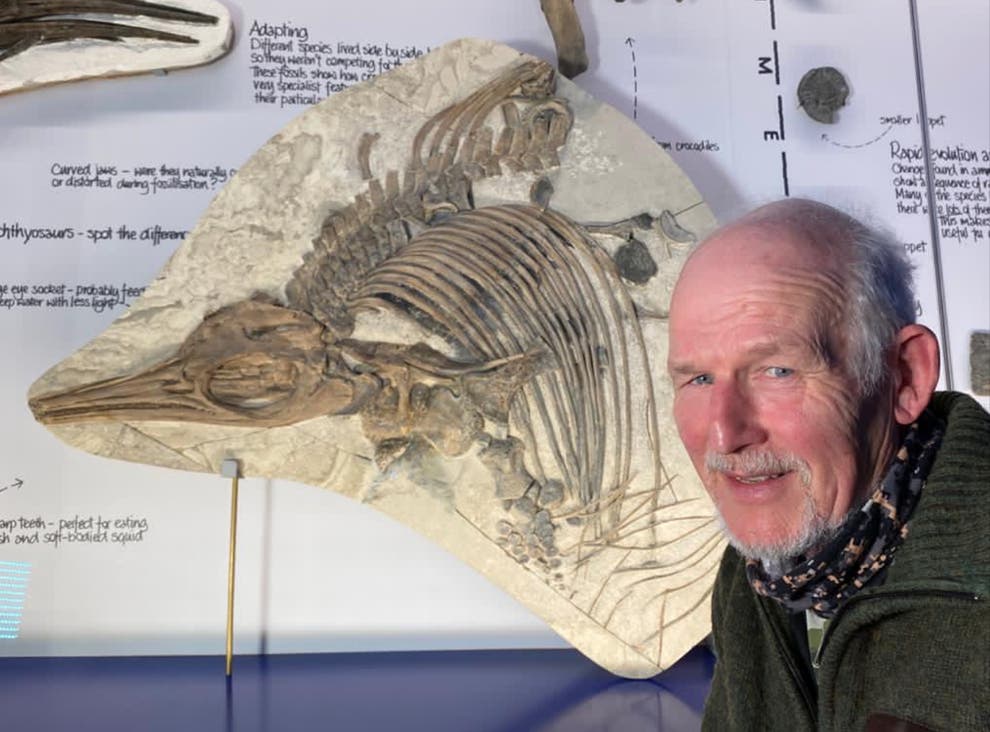The “Wow! Signal” was detected on August 15, 1977 as a strong narrowband radio signal by Ohio State University’s Big Ear radio telescope. Its origin was inferred to be extraterrestrial. The latest natural explanation (accessible here) hypothesized that the “Wow! Signal” was caused by a sudden brightening of the hydrogen line emitted from an interstellar cloud, triggered by a strong transient radio source, such as a flare from a highly magnetized neutron star (magnetar).
The “Wow! Signal” originated from the sky coordinates of Right Ascension (RA)=19h25m=291 degrees and Declination (Dec)=-27 degrees.
On August 12, 1977, the interstellar object 3I/ATLAS was at a distance of about 600 times the Earth-Sun separation (AU) — corresponding to a light-travel time of about 3 days. It had the sky coordinates of RA=19h40m=295 degrees and Dec=-19 degrees. These parameters can be inferred accurately given the lack of non-gravitational acceleration for 3I/ATLAS, as inferred in my latest paper (accessible here).
Hence, the “Wow! Signal” was separated by approximately 4 degrees in RA and 8 degrees in Dec from the direction of 3I/ATLAS. The chance of two random directions in the sky being aligned to that level is about 0.6 percent. If the “Wow! Signal” originated from 3I/ATLAS, how powerful was the transmitter?
The detected intensity of the “Wow! Signal” was in the range of 54–212 Jansky with a bandwidth of about 10 kilohertz. At the distance of 600 AU, this corresponds to a source power of 0.5–2 gigawatts, the output of a typical nuclear reactor on Earth.
The “Wow! Signal” was observed at a frequency of 1420.4556±0.005 megahertz, blue-shifted by about 10 kilometers per second towards Earth relative to the central frequency of the hydrogen line. This blueshift is of the same order of magnitude but smaller than expected from the approach velocity of 3I/ATLAS towards the Sun, 60 kilometers per second.
So far, no radio telescope reported data on 3I/ATLAS. Here’s hoping that the coincidence in the arrival direction of 3I/ATLAS and the “Wow! Signal” would motivate radio observers to check whether 3I/ATLAS shows any radio transmission around the hyperfine line of hydrogen.
This raises a broader question: in case we detect an artificial signal from an interstellar object, how should we engage with it?
The details would depend on the properties of the object. To measure these properties, we should attempt to use all telescopes on Earth and in space.
Between October 1–7, 2025 NASA’s Mars Reconnaissance Orbiter and ESA’s Mars orbiters Mars Express and ExoMars will observe 3I/ATLAS as it passes within 29 million kilometers from Mars. Subsequently, between November 2–25, 2025, ESA’s Jupiter Icy Moons Explorer (Juice) will observe 3I/ATLAS with various instruments.
The urgency of a response would depend on the rank of the object on the Loeb Scale (see the quantitative discussions here and here). Rank 10 would suggest an imminent threat akin to a visitor to our backyard who is capable of approaching the front door, requiring an immediate response. But even a low rank would necessitate a contingency plan because of the major implications to humanity if the threat is realized. We must consider the possibility of a black swan event from interstellar objects resembling a comet at large distances, but potentially carrying devastating consequences to our future like a Trojan Horse.
Our engagement could either be messaged electromagnetically through a radio or laser communication signal, or involve interceptors which cross the path of the interstellar object, land on it or take a close-up photograph.
Our interpretation of the data would be biased by our limited knowledge. In analogy with artificial intelligence (AI) systems, human reasoning is as good as its training data set. Whereas our knowledge is restricted to experiences on Earth, our dating partner might exhibit alien designs which go well beyond our current perception of reality. In that case, communication might be as difficult as it is for ants looking from the vantage point of a crack in a pavement at a biker passing by.
Avi Loeb is the head of the Galileo Project, founding director of Harvard University’s — Black Hole Initiative, director of the Institute for Theory and Computation at the Harvard-Smithsonian Center for Astrophysics, and the former chair of the astronomy department at Harvard University (2011–2020). He is a former member of the President’s Council of Advisors on Science and Technology and a former chair of the Board on Physics and Astronomy of the National Academies. He is the bestselling author of “Extraterrestrial: The First Sign of Intelligent Life Beyond Earth” and a co-author of the textbook “Life in the Cosmos”, both published in 2021. The paperback edition of his new book, titled “Interstellar”, was published in August 2024.






















